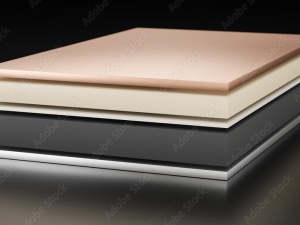Recycling of Lithium-Ion Batteries—Current State of the Art, Circular Economy, and Next Generation Recycling
Abstract
Being successfully introduced into the market only 30 years ago, lithium-ion batteries have become state-of-the-art power sources for portable electronic devices and the most promising candidate for energy storage in stationary or electric vehicle applications. This widespread use in a multitude of industrial and private applications leads to the need for recycling and reutilization of their constituent components. Improving the “recycling technology” of lithium ion batteries is a continuous effort and recycling is far from maturity today. The complexity of lithium ion batteries with varying active and inactive material chemistries interferes with the desire to establish one robust recycling procedure for all kinds of lithium ion batteries. Therefore, the current state of the art needs to be analyzed, improved, and adapted for the coming cell chemistries and components. This paper provides an overview of regulations and new battery directive demands. It covers current practices in material collection, sorting, transportation, handling, and recycling. Future generations of batteries will further increase the diversity of cell chemistry and components. Therefore, this paper presents predictions related to the challenges of future battery recycling with regard to battery materials and chemical composition, and discusses future approaches to battery recycling.
Full open access review article:
Source: Preview Image: karen roach/Shutterstock



